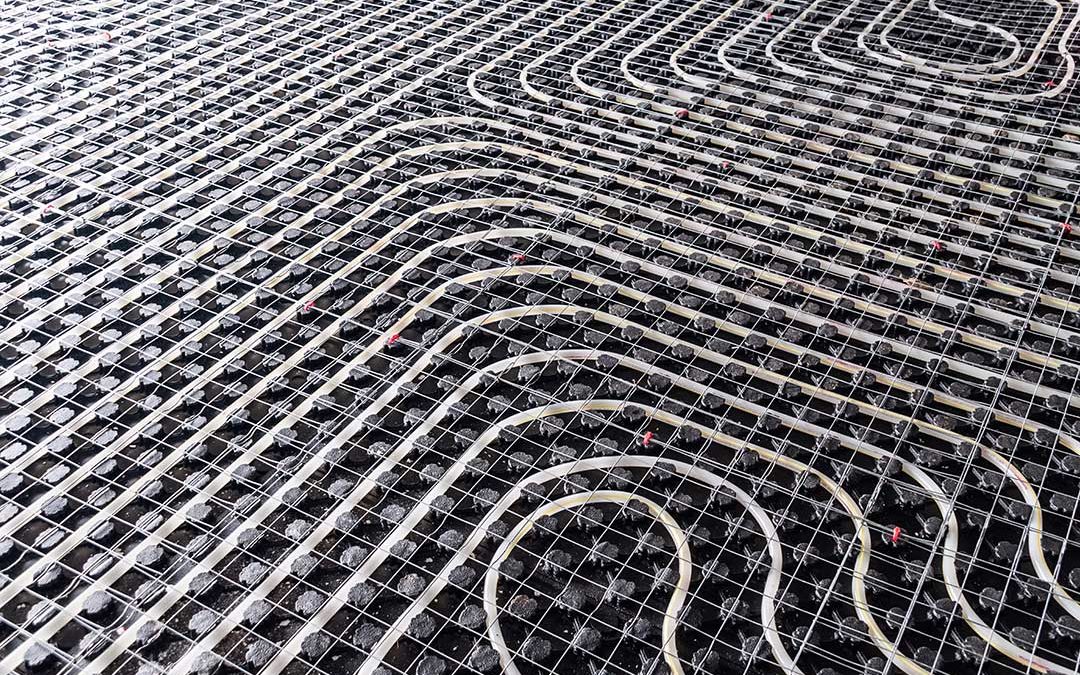The best news is that you can virtually use any floor finish with your heated hard-surface flooring systems. However, the difference between the different materials and their suitability depends on the material thermal conductivity properties, meaning how fast and efficiently it can transfer heat to the floor surface. Whether you are looking to renovate or looking for a new flooring option, below are some of the best flooring to use with underfloor heating.
Tile and Stone
Arguably the best type of flooring to use with your underfloor heating system is the tile and stone option. This flooring option offers you the highest thermal conductivity, so heat from the heating wire or pipe transfers to the surface quickly. Tile and stone also offer you the best heat retention properties, making your heated floor system run efficiently.
The excellent thermal properties of tiles and stones make them an ideal solution for use in areas with high heat loss despite the installation of underfloor heating. The materials can be heated to up to 84 degrees Fahrenheit, and can potentially give you a high heat output of almost 14 Watts per square foot.
Laminate Flooring
Laminate is an increasingly popular flooring option for households. Some of the benefits it offers include its suitability for any décor, cost vs. value proposition, and its practicality. In addition, laminate is a good option to use with underfloor heating.
However, it is critical that you ensure thermal conductivity, which is best achieved by using dense laminate flooring. Therefore, the thinner the flooring material is, the higher its density, which leads to short heat-up periods and a more responsive heated hard-surface flooring system.
Wood
The best type of wood flooring to employ with your heating system is engineered timber due to its response to changing floor temperatures. While you can make use of other wood flooring variants, you need to pay special attention to the thickness of your floorboards. Thick floorboards will instead work as an insulator that blocks heat from your system. In general, make sure that the floor surface’s temperature does not exceed 82 degrees Fahrenheit.
In addition, different wood flooring types feature different thermal properties, meaning significant differences on how suitable they are for use with the heating system. Generally, the thinner and denser the floorboards are, the better the heat transference you will achieve, making them suitable options for use in rooms with underfloor heating.
Carpets
A carpet is well suited for use with an underfloor heating system, but the material or underlay should not be an insulator, which blocks heat. Further, the total Thermal Overall Grade (TOG) of underlays, overlays, and other materials in the carpet should not be over 2.5 togs to ensure that the system can provide the required heat.
Vinyl Flooring
Vinyl easily heats and cools quickly, making it a good candidate for use with an underfloor heating system. However, there is a maximum temperature restriction of 80 degrees Centigrade, which can limit the amount of heat output – making it a poor choice for use in high heat loss areas.
The heat output of heated hard-surface flooring is influenced by the overall floor, floor temperature, and air temperature. The easiest factor to change is the floor finish in the room since all other factors are already set.



